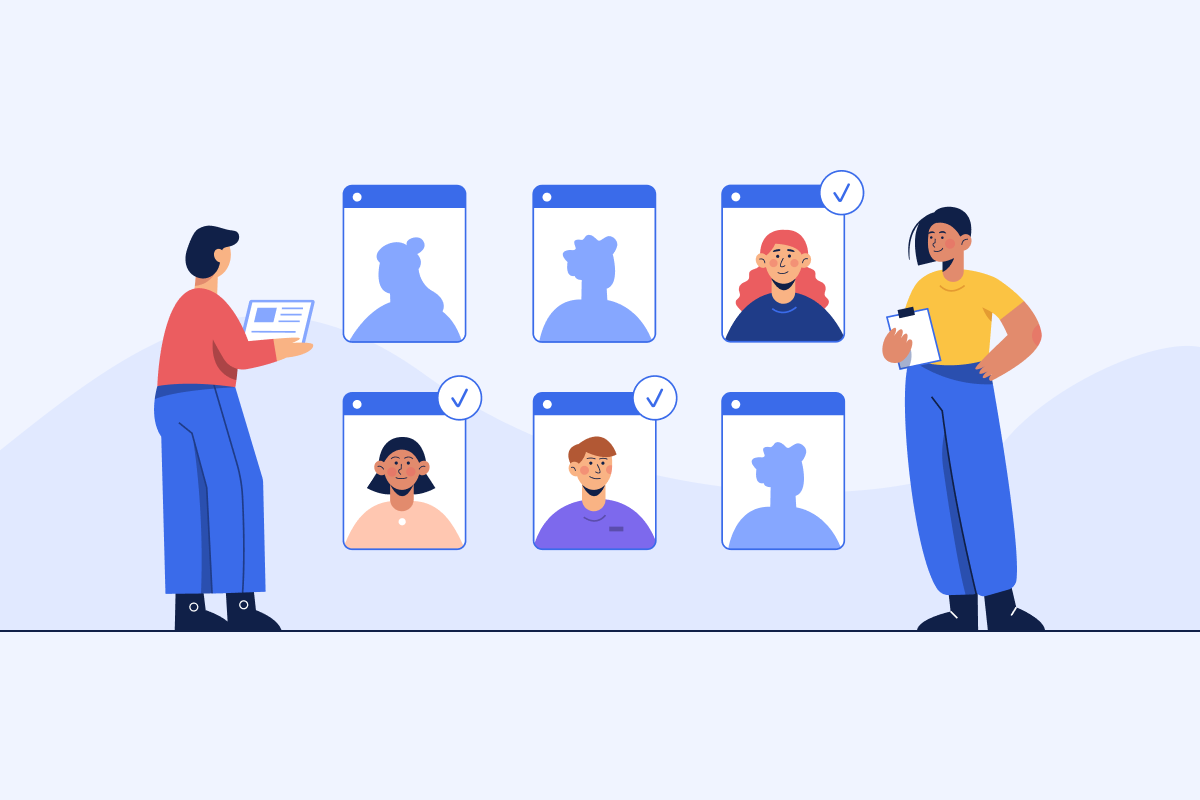What are user experience personas?
Personas refer to fictional characters created to represent the various user types that might use a website, product, or service. These personas are based on research and data about real users, ensuring they accurately reflect the behaviors, goals, and needs of the target audience. In UX design, personas play a crucial role in guiding design decisions and ensuring that the end product meets the needs and expectations of the users.
Why do we create personas?
By creating personas, UX designers can develop a deeper understanding of their target users. This understanding enables designers to empathize with the users, considering their needs and preferences throughout the design process. As a result, the final product is more likely to resonate with users and provide a positive user experience.
Personas help UX designers make informed decisions that are tailored to the needs of specific user groups. By referring to personas during the design process, designers can prioritize features, content, and functionalities that are most relevant to the target audience. This personalized approach leads to a more user-centric design that resonates with users and fulfills their requirements.
Personas enable UX designers to think creatively and innovatively when designing products or services. By understanding the diverse needs and preferences of different user segments, designers can identify opportunities for innovation and differentiation. This customer-centric approach not only sets the product apart from competitors but also ensures that it meets the unique needs of the target audience.
Personas serve as a common reference point for design teams, stakeholders, and clients, facilitating communication and collaboration throughout the design process. By referring to personas, team members can align on design goals, make decisions based on user needs, and ensure that the final product meets the expectations of the target audience. This collaborative approach results in a more cohesive and effective design process.
